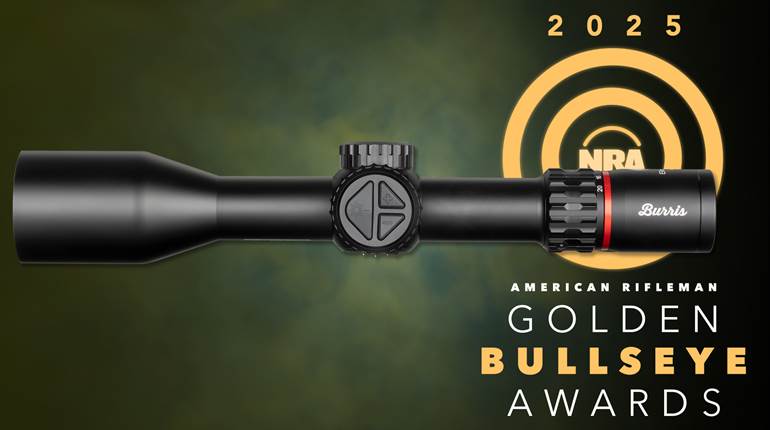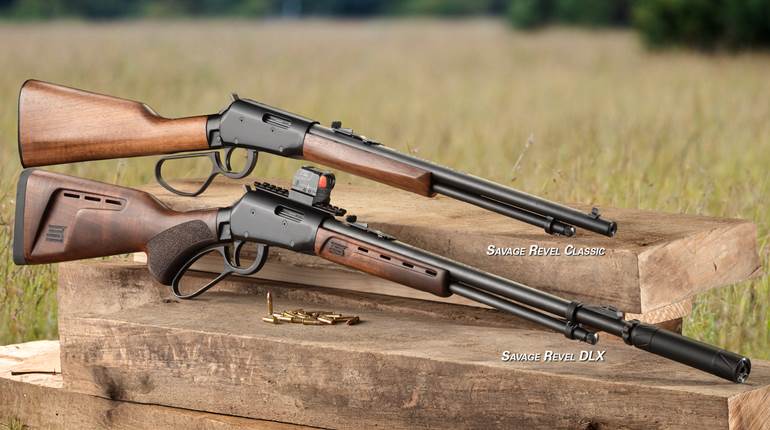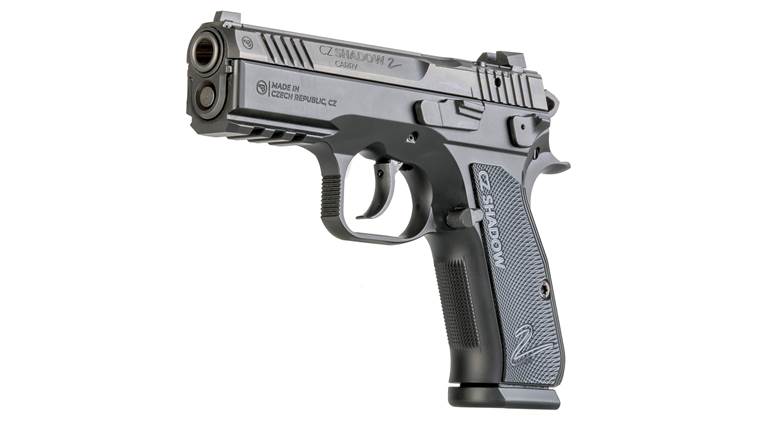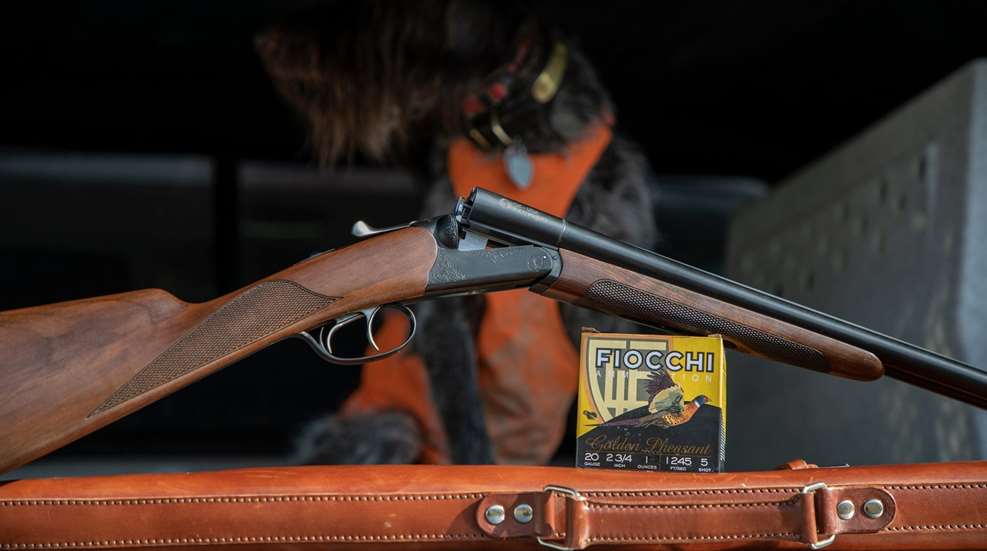
Each industry has jargon, and the firearm trade is no different. Peruse companies’ press releases, catalogues, websites and related videos/podcasts, and you’ll encounter a plethora of flowery language and likely, unfamiliar terminology, scattered as freely as rice at the tail end of a wedding ceremony. Why? To sell products. Does it work? Absolutely. And the fancier, the better.
This custom is especially evident with shotguns—particularly, top-end brands and models—and, specifically, their buttstocks. Lingo such as “straight,” “Prince of Wales,” “semi-pistol grip,” and others are employed to describe the grip area of the gun, but seldom does elaboration follow; it’s simply mentioned, and there’s nothing further. It could be that some of those generating content for the abovementioned media probably don’t know themselves, and consumers will generally purchase the firearms, regardless. I mean, “Prince of Wales” does sound grandiose, right? But, by being ignorant of the terminology, as well as the benefits and possible drawbacks of each pistol grip design, you’re setting yourself up for disappointment.
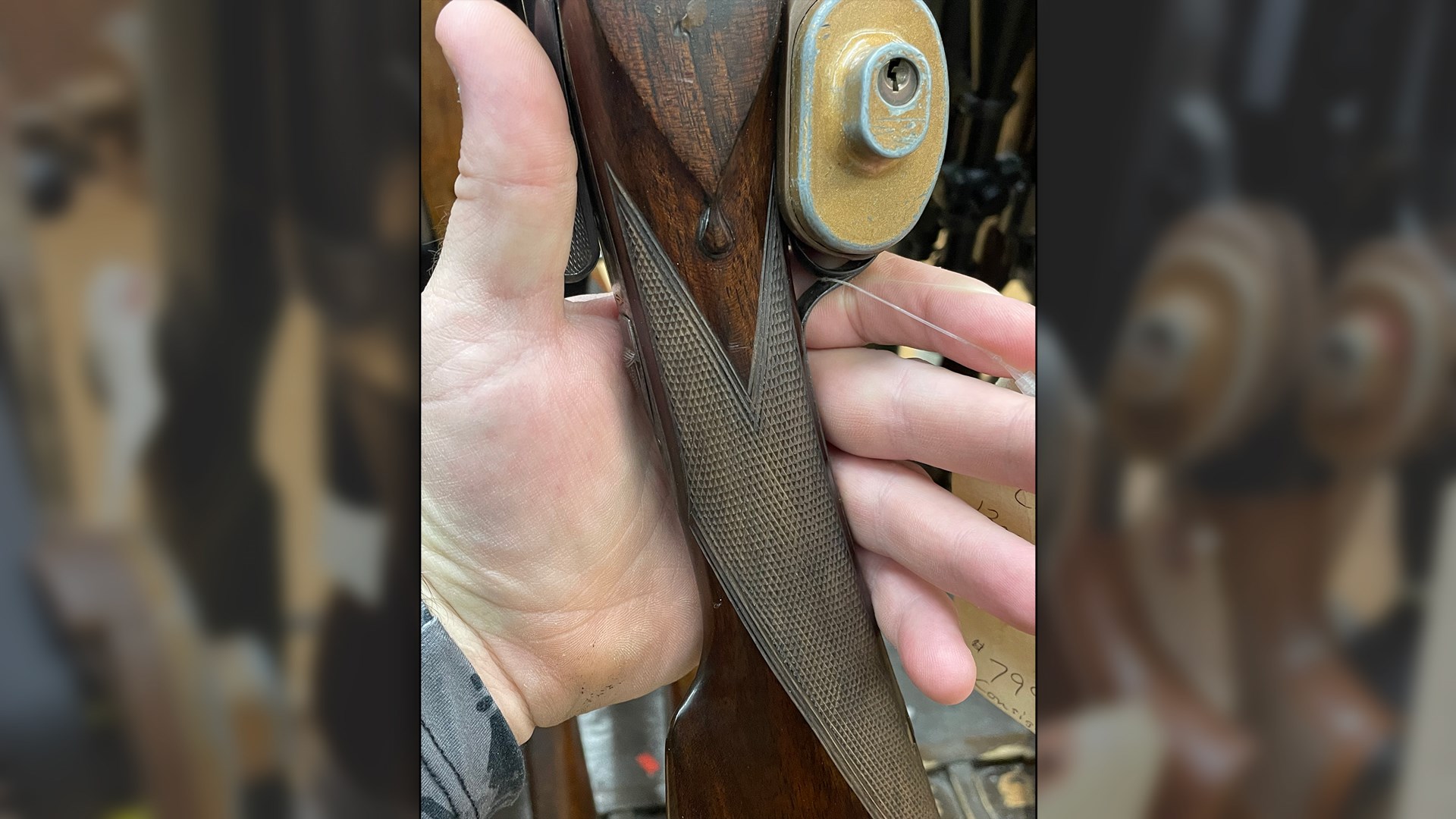 Image courtesy of CZ-USA.
Image courtesy of CZ-USA.
So what do those terms mean, and why are they important? Let’s explore.
Buttstock Designs—An Overview
Firearms with buttstocks will have a location where the hand (usually the dominant hand) grasps it. This occurs aft of the trigger guard. Whereas the design of the pistol grip (or grip)—words often used interchangeably—varies with rifles, there are a greater number of variances on shotguns, particularly on wood-stocked side-by-side and over-under (stacked-barrel) models. While some differences can be slight and primarily aesthetic, others can improve performance on the clays course or in the field. Let’s look at the predominant types, beginning with the least common—straight.
Straight Grip
Relatively uncommon nowadays, the straight, or “English,” buttstock, frankly, belongs to a bygone era and, in most cases, should stay there. Before grabbing the pitchforks, though, hear me out. As its name suggests, the straight grip stock is remarkably slender from the tang to the comb, and on the bottom, straight from astern of the trigger guard to the buttpad; there is no “pistol grip.” On dual-trigger, side-by-sides and rare over-unders with the same trigger configuration, the design is practical; after pulling the front trigger the hand can, quickly and easily, slide rearward to tweak the rear one. Smart. However, since the hand doesn’t move on single-trigger models, the design’s chief advantage there is needless. Fortunately, there are other benefits.
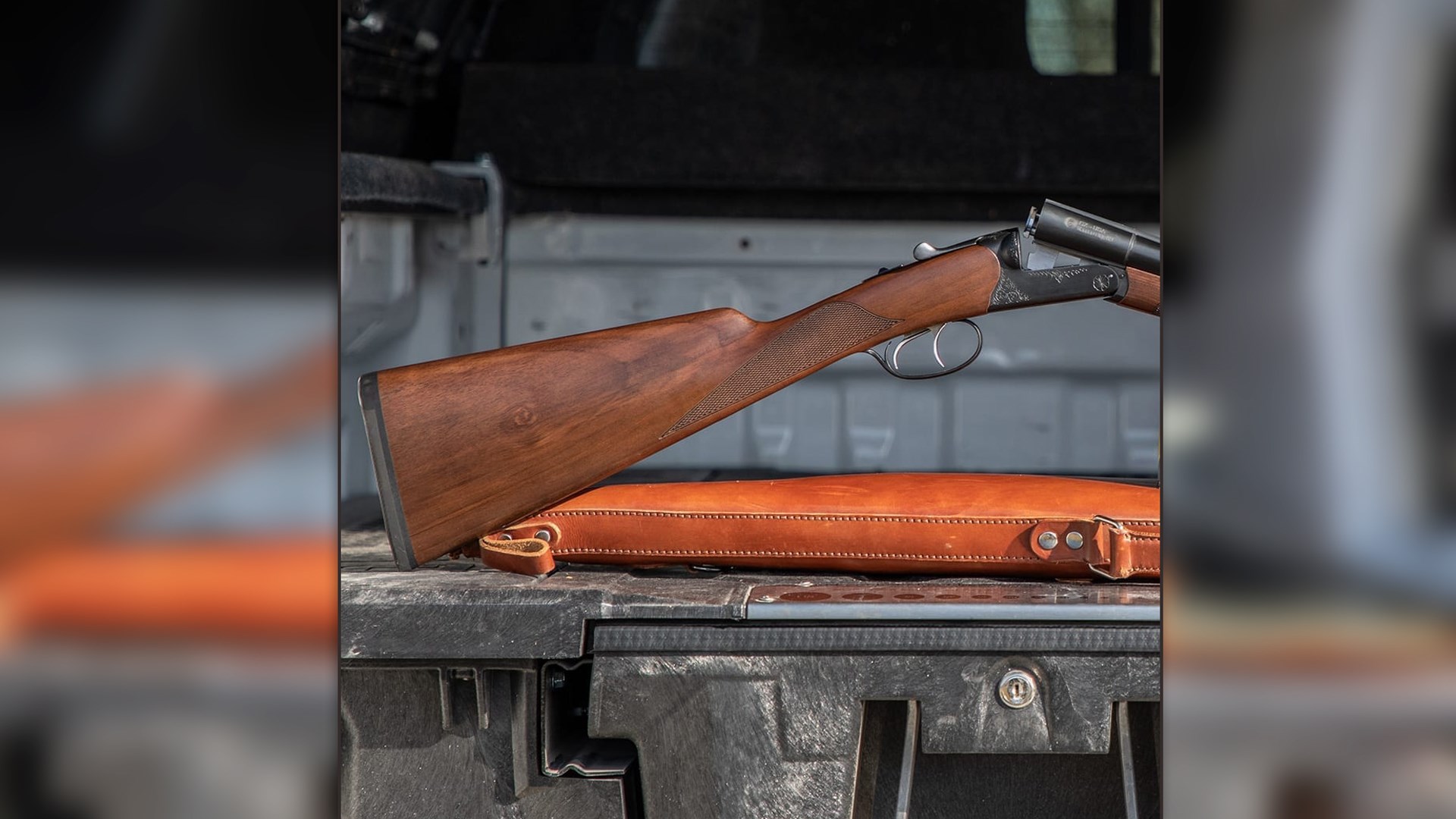 The straight grip stock (above) is typically found on dual-trigger, side-by-sides and rare over-unders with the same trigger configuration and is a design that is practical. Image courtesy of Aaron Carter.
The straight grip stock (above) is typically found on dual-trigger, side-by-sides and rare over-unders with the same trigger configuration and is a design that is practical. Image courtesy of Aaron Carter.
Naturally, with significant wood whittled away, the stock (and thus gun) is lighter. For game guns, and upland shotguns in particular, where much trekking but minimal shooting is possible, this is a plus. Fatigue will be less of an issue, and the nimbler gun will be quick to shoulder and lively in the hands. It’s for these reasons that Browning currently uses a straight-grip stock on its Citori 725 Feather Superlight over-under. Featuring a 26” barrel, the 12-ga. model weighs only 6 lbs., 2 ozs. So, too, does Beretta use it on its SO10, also an over-under. CZ USA has a straight stock on its Bobwhite G2 and G2 Intermediate side-by-side models, which have dual triggers.
Now for the chief drawback—comfort. When inspecting buttstock with a straight grip, it’s immediately obvious that it wasn’t planned with comfort as the principal consideration. And the more it’s shot, the less delightful it’ll be. Why? Note the unnatural angle the hand is forced to take for purchase, and there’s less material to do so with, so the shotguns equipped with straight-grip stocks are more difficult to control. Add in the fact that they’re lightweight, which increases perceived recoil, and volume shooting—such as clays tournaments—will be unappealing. That’s why they’re best relegated to hunting. Outside of dual-trigger shotguns, the next design is much better choice.
Pistol Grip
According to the NRA Firearms Sourcebook, “Stock, pistol grip” means, “A stock or buttstock having a downward extension behind the trigger guard somewhat resembling the grip of a pistol. Often found on target rifles.”
Doesn’t seem to fit here, does it? But it does. Outside of the straight grip (outlined above), all other shotgun buttstocks will have a variation of the utilitarian term, “pistol grip.” Below are the key differences.
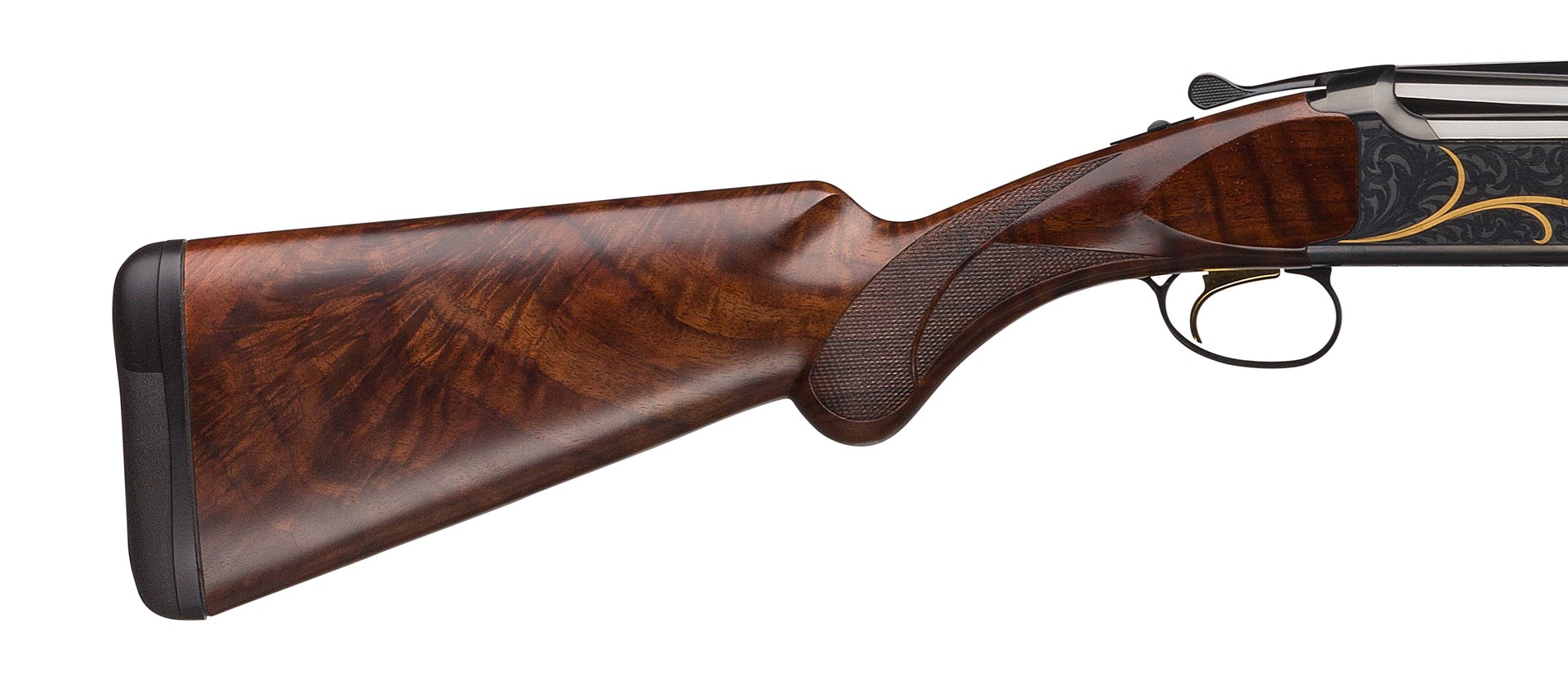 The Browning Citori Gran Lightning (above) features a Grade V/VI walnut stock with a semi-pistol grip/rounded stock used by many makers today. Image courtesy of Browning.
The Browning Citori Gran Lightning (above) features a Grade V/VI walnut stock with a semi-pistol grip/rounded stock used by many makers today. Image courtesy of Browning.
Among the most popular grips within this grouping is the “Prince of Wales.” Purportedly, the Prince of Wales, who later became King Edward VII and was an avid hunter, favored this format. Stocks with his namesake have a distinctive, open curve to the pistol grip, with the cap (or bottom) at an acute downward angle—most knowledgeable sources suggest around 45 degrees—from that of the bores. Should the shotgun have dual triggers, the hand can still retreat in haste to discharge the second barrel; however, it’s neither as quick nor easy as the straight-grip design. Stocks of this type, and pistol-grip stocks as a whole, position the hand more naturally, thereby increasing comfort. Moreover, with additional material in the grip area, the shotgun will be more controllable with less perceived recoil. Remember, heft is generally beneficial. Because of their many advantages and really no shortcomings, Prince of Wales-style pistol grips are widely used for all manner of shotguns. They’ll excel in the field and for clays.
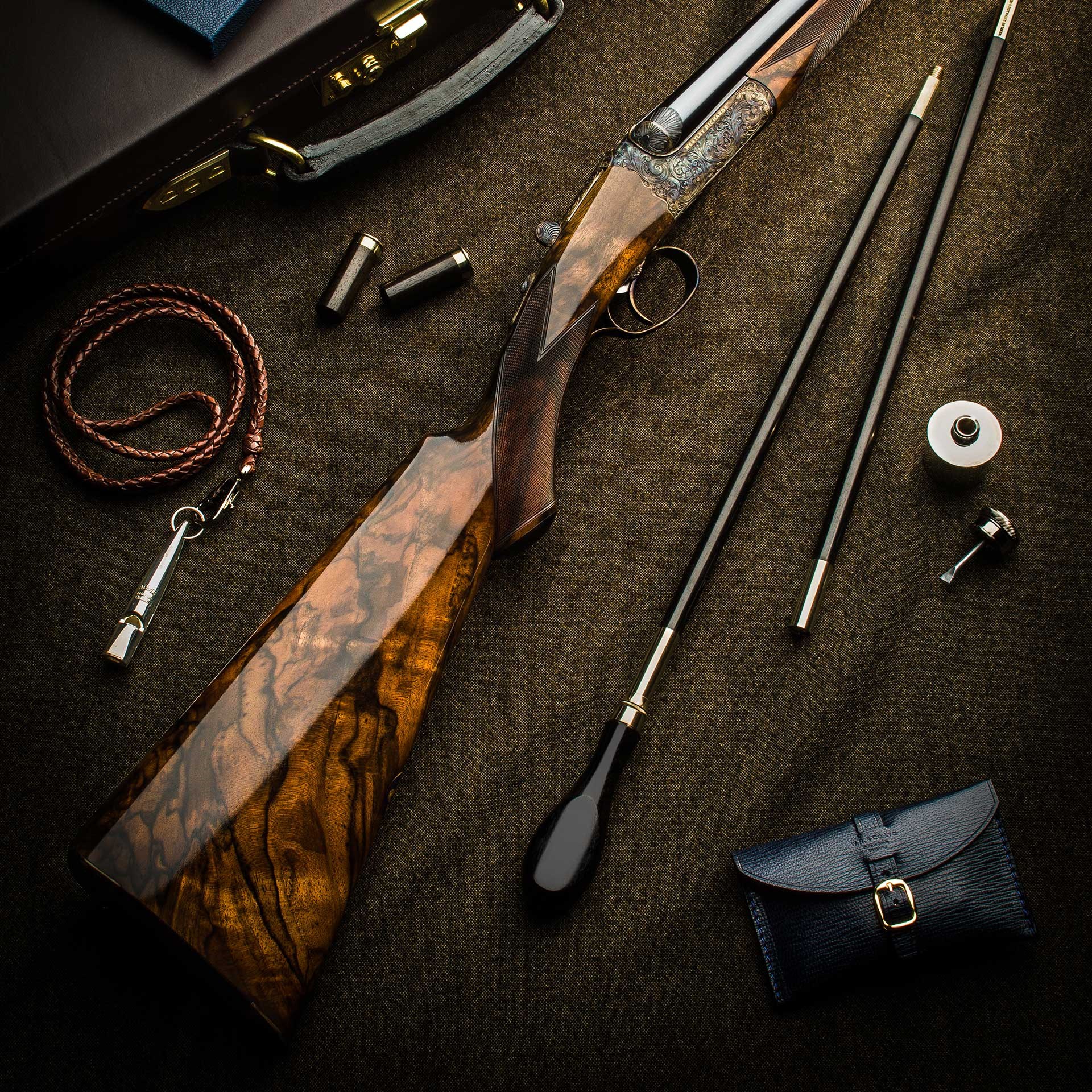 Image courtesy of Westley Richards & Co. Ltd.
Image courtesy of Westley Richards & Co. Ltd.
A similar design came from gunmaker James Woodward & Sons. Referred to as the “Woodward grip,” the foremost difference between it and the Prince of Wales is the angle of the cap. British gunmakers and writers alike describe that it’s parallel to the barrels, and the images I’ve studied reflect this. Is there any substantial difference between the two? No. And neither is another variant, which is the semi-pistol grip or round knob. Woodward and round-knob pistol grips offer the same benefits as the Prince of Wales, and any differences are mostly aesthetic.
Less commonly seen is the full pistol grip. Unlike those grip-styles mentioned above, which have a wide radius, or open curve, that of a full pistol grip is decidedly tighter and vertical. The result: a grip for increased purchase and maximum comfort; hence the reason that they’re increasingly popular on rifles now, too. The cap/bottom of the full pistol grip archetypally follows the Prince of Wales pattern, and oftentimes the gunmaker will add a palm-filling swell for enhanced control. Stocks with full pistol grips are primarily encountered on competition-grade, over-under shotguns, such as Beretta’s renowned DT11 or Browning Citori 725 Trap Max, which are used in controlled, consistent shooting scenarios. These are not the best choices for wingshooting pursuits.
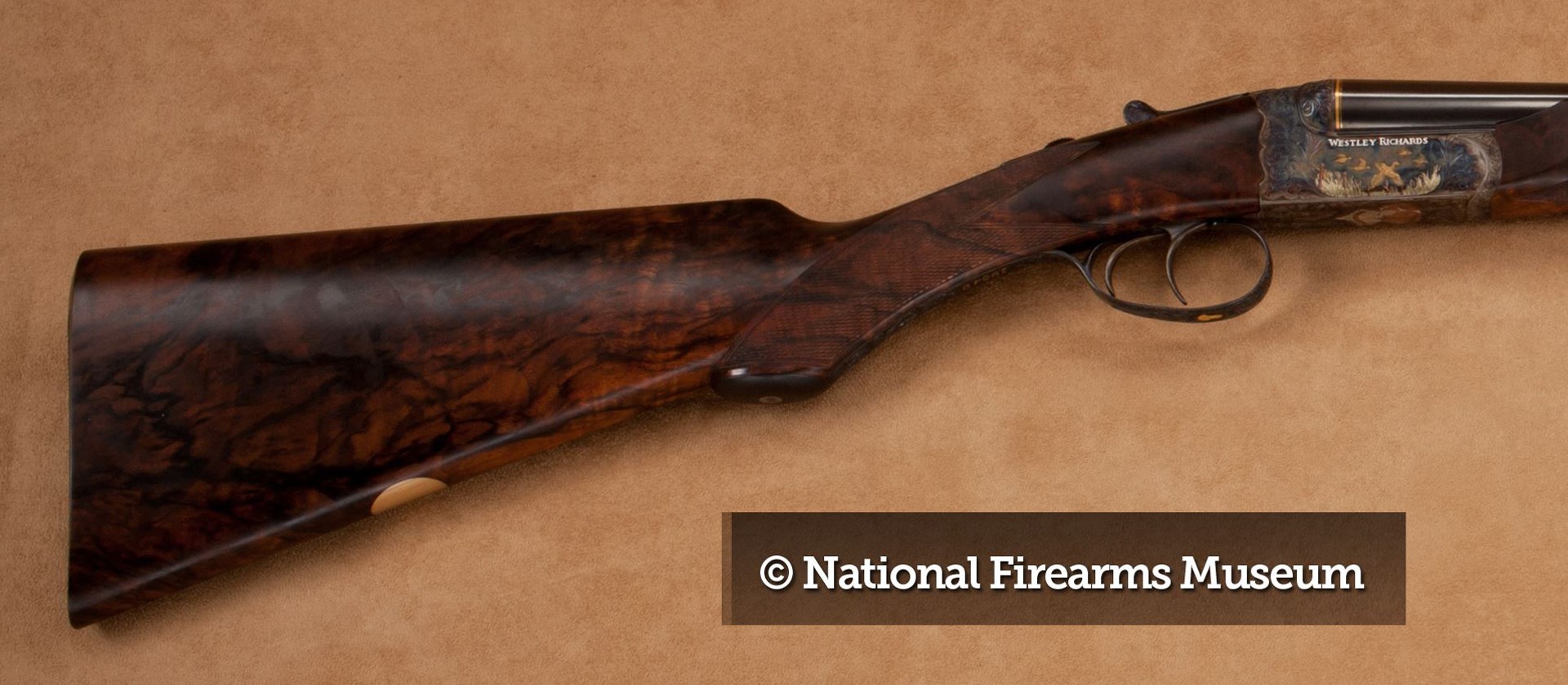 Part of the Robert E. Petersen collection (above), this Westley Richards side-by-side shotgun, in .410 bore, features a Woodward grip, multi-color gold inlays and engraving by Vince Crowley. Image courtesy of National Firearms Museum.
Part of the Robert E. Petersen collection (above), this Westley Richards side-by-side shotgun, in .410 bore, features a Woodward grip, multi-color gold inlays and engraving by Vince Crowley. Image courtesy of National Firearms Museum.
Of course, no article about stock design can omit mentioning those with a pistol grip that consists of a vertical, well, grip. Featured on task-specific shotguns, such as turkey and self/home defense, well-designed vertical grips—usually borrowed from, or mimicking those on, MSRs—provide the most natural angle, stability, and control, particularly with heavier loads. But, they’re unsightly on anything other than said shotguns and, rightly or wrongly, are oftentimes discriminated against on clays courses. Many venues forbid their use. Still, I’ve witnessed masterful wingshooting by someone—in this case, a youth hunter—using a 20-ga., semi-automatic shotgun equipped with one. Nonetheless, they’re at their best when engaging static, or nearly so, targets.
Selecting a Stock
Given the information presented above, you’re probably wondering which stock should you select for your next shotgun. The obvious answer is: it depends. While some excel with a specific shotgun design or undertaking, such as the straight grip and full pistol grip, the others offer greater flexibility. Semi-pistol grip/rounded knob, Prince of Wales, and Woodward styles would excel for a variety of disciplines, ranging from hunting to competing on clays courses. That why most shotguns feature them. That’s not to say there cannot be crossover. For years, I used a Remington Model 1100 equipped with straight-grip stock to hunt spring gobblers, and a Browning over-under wore a similar stock when I advanced through the NSCA classes toward Master class. Were they ideal? No, but they worked.
 Full pistol grips are typically used in making competition-grade guns like Browning Citori 725 Trap max above. Image courtesy of Browning.
Full pistol grips are typically used in making competition-grade guns like Browning Citori 725 Trap max above. Image courtesy of Browning.
Equally important is fit and feel. Does it fit you? Until a shotgun is in your hands, you won’t know. Never purchase a shotgun sight unseen. You might find that you prefer a Prince of Wales stock over a full pistol grip, or vice-versa. Maybe you like the tighter radius and increased control of a full pistol grip, or even a hearty palm swell. Don’t rush the decision; it can impact your performance and your feelings toward the firearm.
The next time you’re in the market for a shotgun and are reviewing material and images of shotguns, you’ll be better prepared to fill in the blanks on missing buttstock information. Once thing is for sure; you’ll never look at one the same way ever again.













